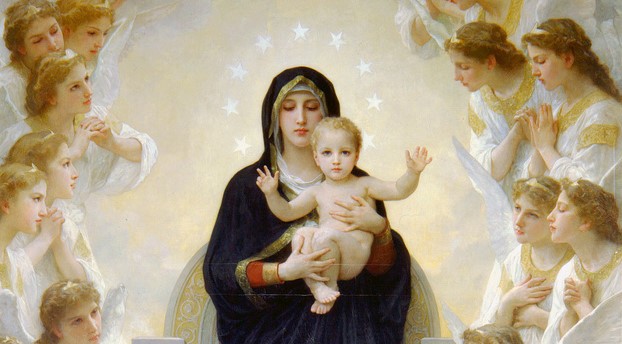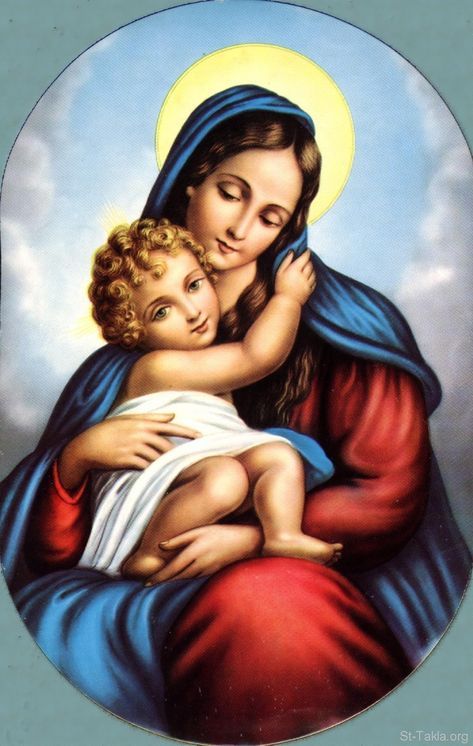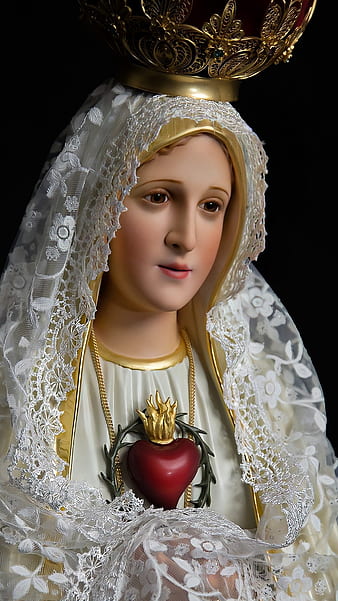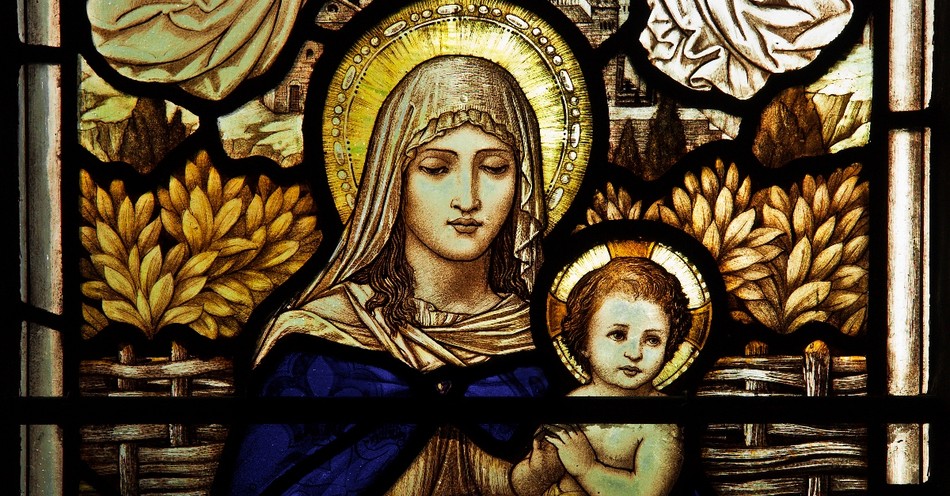Marian Apparitions and Miracles: A Theological and Historical Analysis
This paper examines the documented apparitions and miracles attributed to the Virgin Mary, exploring their theological significance within the Catholic tradition and analyzing their historical context. Key concepts include Mariology (theological study of Mary), intercession (Mary's role in mediating between humanity and God), and apparition (a supernatural manifestation of a religious figure).
The Biblical Foundation of Marian Piety: The narratives of the Annunciation (Luke 1:26-38) and the Wedding at Cana (John 2:1-11) provide scriptural foundations for Marian devotion. The Annunciation establishes Mary's pivotal role in the Incarnation, highlighting her obedience and faith. Applying the concept of divine grace, we understand Mary's acceptance of God's will as a paradigm of faith, exhibiting a perfect response to God's initiative. The Wedding at Cana showcases her intercessory power, demonstrating how she brings human needs before Christ, illustrating the principle of mediatorship. This early portrayal lays the groundwork for centuries of understanding Mary as a powerful advocate for humanity.
Post-Biblical Marian Apparitions and their Impact: Numerous apparitions throughout history have significantly influenced religious belief and practice. These events, often analyzed through the lens of religious experience, have resulted in profound spiritual and social consequences. The apparition of Our Lady of Guadalupe, for example, profoundly impacted the evangelization of Mexico, demonstrating the power of religious symbols and narrative in shaping cultural identity. Applying the sociological concept of collective effervescence, this event generated a shared sense of religious fervor and community. The miraculous image on Juan Diego's tilma remains a powerful symbol of faith and cultural identity, persisting to this day.
Marian Apparitions and the Role of Intercession: The Catholic Church, in accordance with established doctrines and principles, examines claims of Marian apparitions using a rigorous process of investigation. Approved apparitions, such as Lourdes and Fatima, are studied through the framework of canonical law and historical analysis. These apparitions frequently emphasize prayer, repentance, and devotion to the Rosary. The messages, frequently conveying themes of conversion and social justice, serve as examples of the prophetic function of religious experience within a broader theological framework. The Fatima apparition, for instance, highlighted the importance of prayer and warning of the consequences of societal and spiritual decline, illustrating the power of religious visions in promoting moral and spiritual renewal. The efficacy of Mary's intercession is grounded in her unique relationship with God as the Mother of Jesus.
Marian Devotion and its Theological Significance: The Catholic Church distinguishes between veneration of Mary and the worship due only to God alone. Hyperdulia, the highest form of veneration, is reserved for Mary. This veneration is not worship but a recognition of her unique position in salvation history. Applying the concept of soteriology (the study of salvation), her role as the Mother of God is central to the understanding of Jesus's role as the savior of humanity. Her role as an exemplar of faith and obedience provides a model for Christian life, fostering piety and devotion. The emphasis on her role as intercessor stems from the belief in the interconnectedness of human prayer and divine grace.
The Continued Relevance of Marian Piety: The enduring appeal of Marian devotion highlights its capacity to provide solace, spiritual guidance, and a sense of connection to the divine. The numerous healings and conversions associated with Marian apparitions continue to inspire faith and devotion. Analyzing this from a psychological perspective, hope and comfort derived from such beliefs provide resilience to individuals during times of trial and hardship. The messages of peace, repentance, and prayer delivered through apparitions emphasize the enduring relevance of faith in a complex and often turbulent world. Further research into the psychological and sociological impact of Marian apparitions could shed light on the ways in which these experiences shape individual and collective identities.
Conclusions and Recommendations
The analysis of Marian apparitions and miracles reveals a complex interplay of theological doctrine, historical events, and personal religious experience. The study highlights the significance of Marian devotion in the Catholic faith, emphasizing her role as an intercessor and spiritual mother. From a sociological perspective, the analysis of these apparitions reveals the powerful role of religious symbols and narratives in shaping culture and individual identities. From a theological standpoint, the study affirms the importance of Mary's place within the broader framework of salvation history. Further research could explore the cross-cultural variations in Marian devotion, the psychological impact of Marian apparitions on individuals, and the intersection of Marian spirituality with contemporary social and ethical issues.
The enduring power of Marian apparitions suggests that their impact extends beyond the realm of personal religious experience to influence social dynamics and cultural landscapes. Future research might focus on a comparative analysis of Marian apparitions across different cultures, exploring the adaptive and transformative aspects of the Marian narrative in various contexts. A qualitative study exploring personal experiences and interpretations of these apparitions could enrich our understanding of their significance in contemporary faith.
Reader Pool: Considering the varied interpretations and historical contexts surrounding Marian apparitions, what criteria do you believe should be applied in evaluating the authenticity and theological significance of such events?
```





